As K-12 educators face increasingly diverse classrooms, the ability to effectively collaborate with another teacher has become an invaluable teacher skill. Research shows that when implemented correctly, co-teaching can significantly improve student outcomes, especially for those with diverse learning needs. Let’s explore how you can master these effective strategies to create a harmonious and productive co-teaching relationship.
Effective Strategies for Establishing Clear Roles and Responsibilities
The foundation of successful co-teaching begins with clearly defined roles and responsibilities. When two teachers share a classroom without establishing boundaries, confusion and inefficiency often result. According to a study published in the Journal of Educational and Psychological Consultation, co-teaching partnerships with clearly defined roles reported higher satisfaction and better student outcomes.
To implement this strategy effectively, begin by having an honest conversation with your co-teacher about your respective strengths and preferences. Some teachers excel at delivering engaging lectures, while others shine when providing one-on-one support. Recognizing these differences allows you to leverage each other’s teacher skills for maximum impact.
Consider creating a written agreement that outlines who will handle specific aspects of classroom management, lesson planning, assessment, and parent communication. This document serves as a reference point and can be adjusted as your partnership evolves.
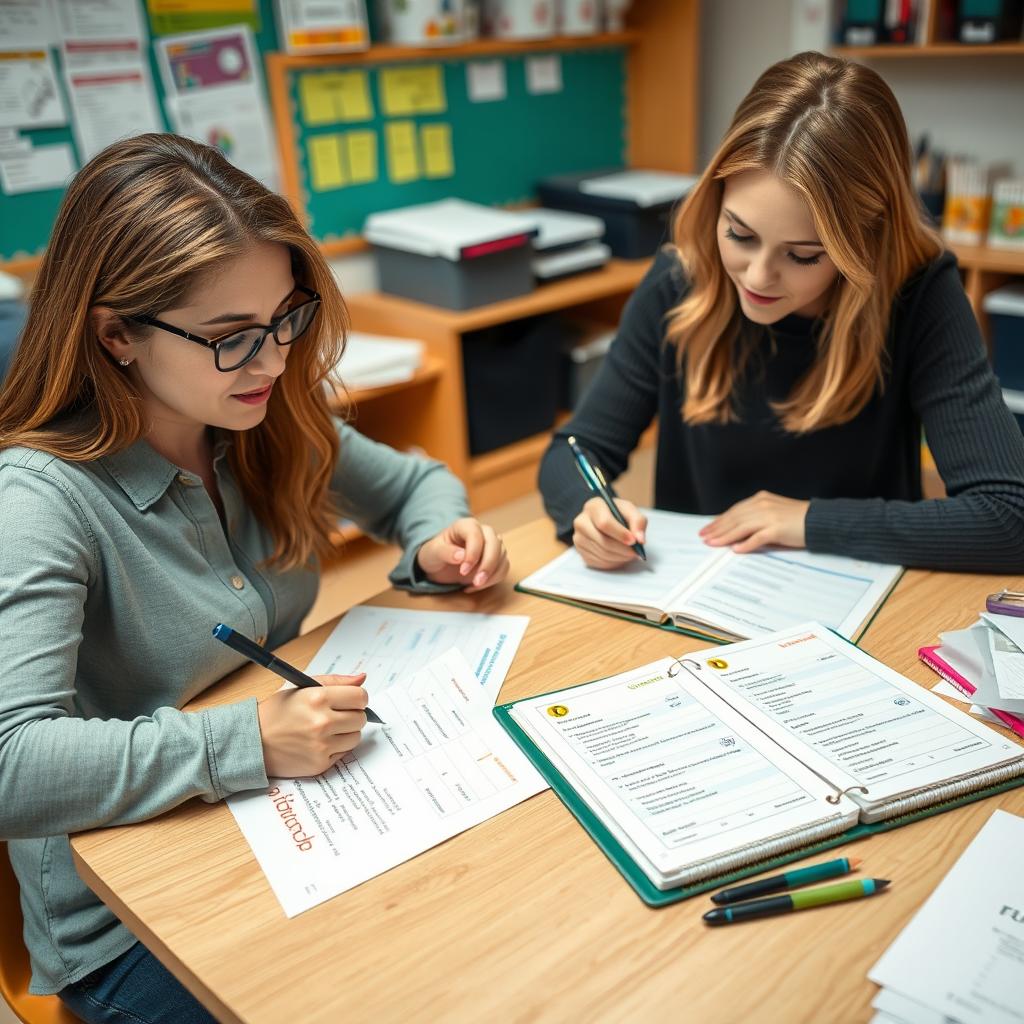
“The most successful co-teaching partnerships are those where both teachers feel equally responsible for all students, but have clarity about their specific contributions to the classroom.”
– Dr. Marilyn Friend, Co-Teaching Expert
Remember that effective role definition doesn’t mean rigid separation of duties. The best co-teaching relationships maintain flexibility while ensuring that both teachers know their primary responsibilities. This balance of structure and adaptability is a critical teacher skill that develops over time.
Looking to enhance your role-definition skills? Our specialized co-teaching professional development course offers templates and guided exercises for establishing clear roles that play to each teacher’s strengths.
Collaborative Planning: Essential Effective Strategies
Dedicated collaborative planning time represents one of the most crucial effective strategies for co-teaching success. Without joint planning, co-teachers often fall into the “one teach, one assist” model, which fails to utilize the full potential of having two educators in the classroom.
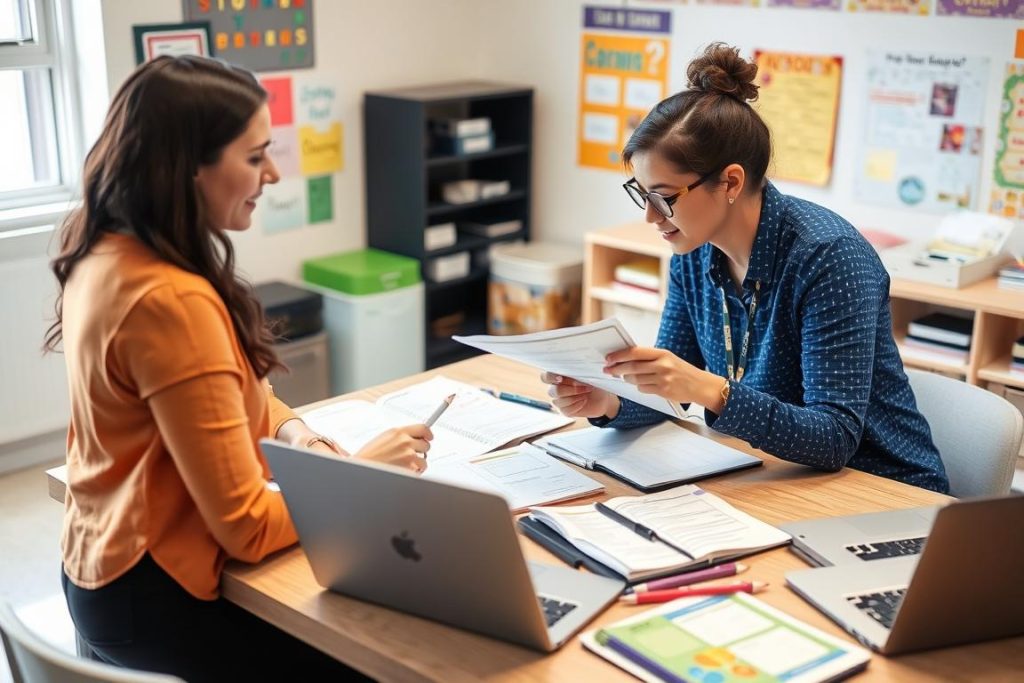
Effective collaborative planning requires developing specific teacher skills:
- Time management – finding and protecting regular planning periods
- Communication – clearly expressing ideas and concerns
- Compromise – blending teaching styles and preferences
- Organization – maintaining shared lesson plans and resources
- Reflection – evaluating what works and what needs adjustment
Many co-teachers find that using digital planning tools enhances their collaboration. Shared documents, planning templates, and communication platforms allow for asynchronous planning when face-to-face time is limited. These technological teacher skills are increasingly important in today’s educational environment.
Enhance Your Collaborative Planning Skills
Access our comprehensive co-teaching planning templates and earn professional development credits while improving your collaborative teacher skills.
Research indicates that co-teachers who spend at least 45 minutes per week in joint planning achieve significantly better outcomes than those who plan separately. This investment of time pays dividends in more cohesive instruction and smoother classroom operations.
Communication Techniques as Effective Strategies
Open, honest communication forms the backbone of successful co-teaching partnerships. Developing strong communication as part of your teacher skills toolkit helps prevent misunderstandings and builds a foundation of trust. Effective co-teachers establish regular communication routines that go beyond lesson planning.
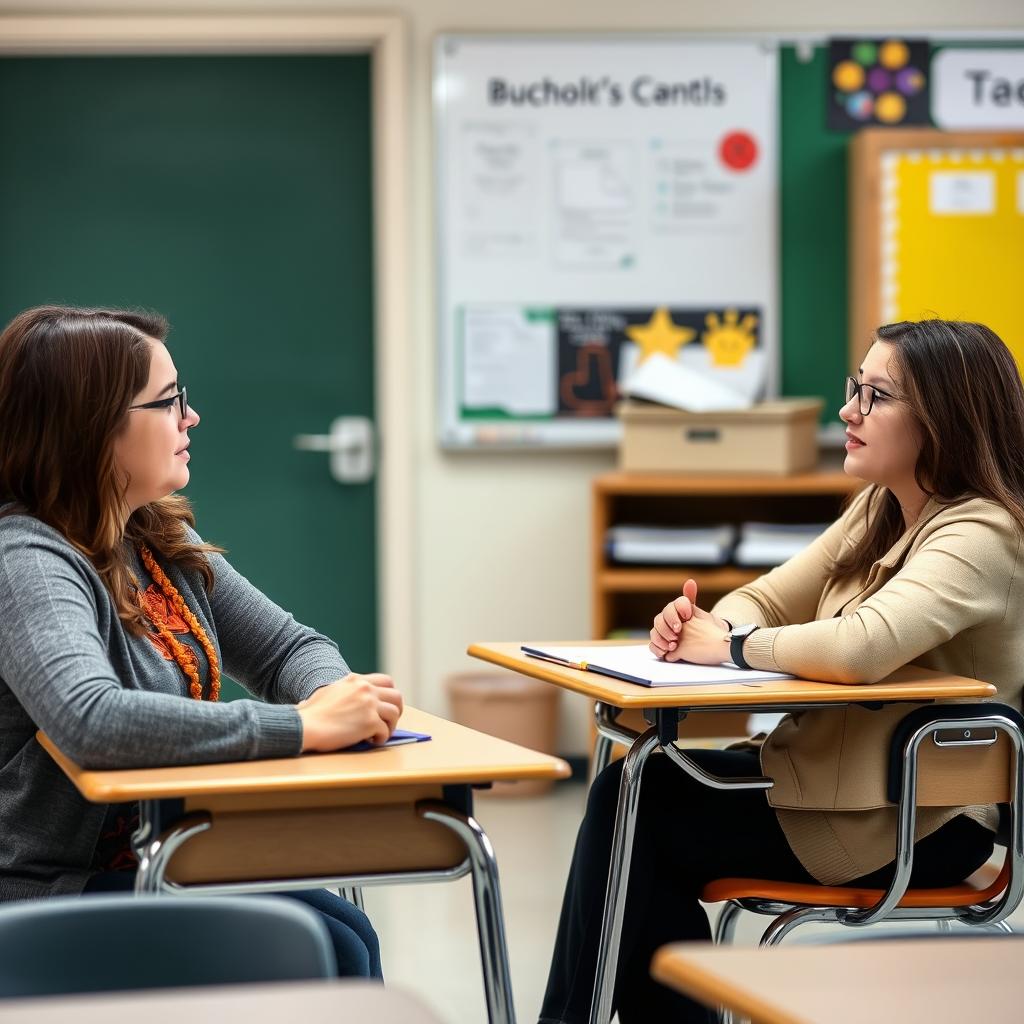
Successful communication strategies include:
- Scheduling weekly check-ins to discuss what’s working and what isn’t
- Creating a shared digital space for ongoing communication
- Establishing protocols for addressing disagreements
- Practicing active listening when your co-teacher shares ideas
- Using “we” language when discussing classroom decisions with students and parents
Many co-teachers find it helpful to establish communication ground rules early in their partnership. For example, agreeing to address concerns directly rather than letting frustrations build can prevent many common co-teaching challenges. These interpersonal teacher skills are just as important as instructional expertise.
Pro Tip: Create a private signal system with your co-teacher for classroom situations. A simple gesture can indicate when one teacher needs support or when it’s time to transition to the next activity, enhancing your classroom management teacher skills.
Remember that effective communication extends beyond your co-teacher. Communicating clearly with students about how the co-teaching model works helps them understand expectations and take advantage of having two teachers. Similarly, consistent communication with parents prevents confusion about who to contact for different concerns.
Want to develop advanced communication strategies for your co-teaching partnership? Visit CreditsForTeachers.com for professional development opportunities focused on building essential teacher skills for effective collaboration.
Instructional Diversity: Effective Strategies for Co-Teaching Models
One of the greatest advantages of co-teaching is the opportunity to implement diverse instructional approaches. Moving beyond the basic “one teach, one assist” model allows both teachers to fully utilize their teacher skills and provides students with richer learning experiences.
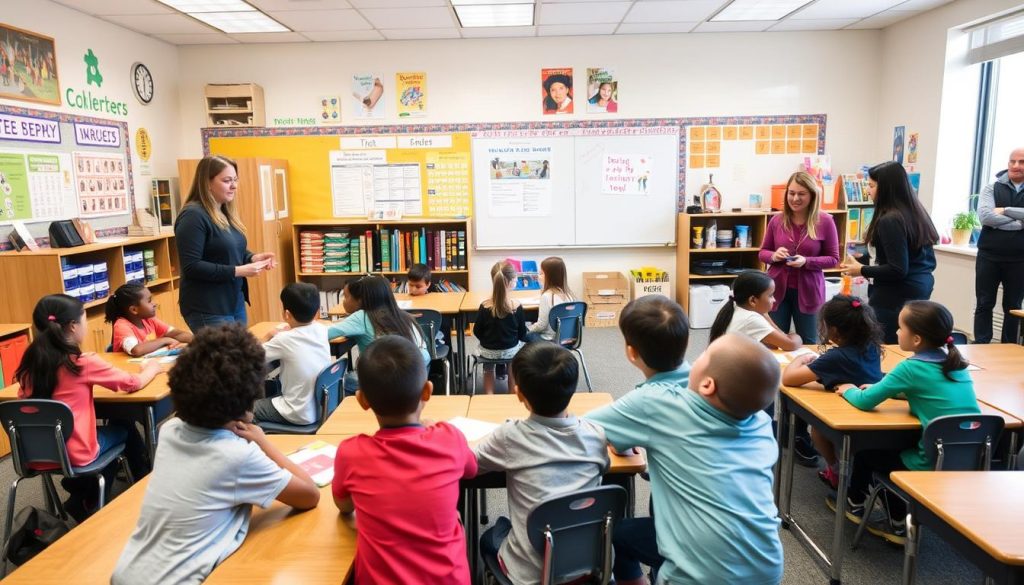
Explore these six co-teaching models to diversify your instructional approach:
Station Teaching
Divide content and students into groups that rotate between teacher-led stations. This model maximizes small-group instruction and allows each teacher to focus on their areas of expertise.
Parallel Teaching
Split the class into two groups with each teacher delivering the same content simultaneously. This reduces the student-teacher ratio and allows for more participation and support.
Alternative Teaching
One teacher works with a small group while the other leads the larger group. Ideal for pre-teaching, re-teaching, or enrichment activities based on student needs.
Team Teaching
Both teachers deliver instruction together, taking turns leading discussions, demonstrating concepts, or playing complementary roles. This model showcases collaborative teacher skills in action.
One Teach, One Observe
One teacher leads while the other gathers specific observational data on students. This approach provides valuable assessment information to inform future instruction.
One Teach, One Assist
While often overused, this model has its place when introducing new content that requires one teacher’s specific expertise, while the other provides support.
The most effective co-teaching partnerships utilize multiple models, selecting the appropriate approach based on lesson objectives, student needs, and teacher skills. Research shows that classrooms employing at least three different co-teaching models demonstrate higher student engagement and achievement.
“The art of co-teaching lies not in mastering a single approach, but in knowing when to employ different models to meet the diverse needs of your students.”
– Dr. Richard Villa, Co-Teaching Researcher
To implement these models effectively, both teachers need to develop flexibility and adaptability as core teacher skills. Regular reflection on which models work best for different types of content helps refine your approach over time.
Looking for practical examples of these co-teaching models in action? Our comprehensive co-teaching course includes video demonstrations and lesson plan templates for each model.
Assessment and Feedback: Effective Strategies for Student Growth
Coordinated assessment and feedback represent powerful effective strategies that leverage the advantage of having two educators in the classroom. When co-teachers align their assessment approaches, they can provide more frequent, specific feedback to students while reducing their individual grading workload.
Developing strong assessment teacher skills in a co-teaching context involves:
- Creating common rubrics that reflect both teachers’ expectations
- Dividing grading responsibilities equitably
- Implementing varied assessment methods that play to each teacher’s strengths
- Providing consistent feedback that doesn’t contradict your co-teacher
- Using formative assessments to quickly identify students needing support
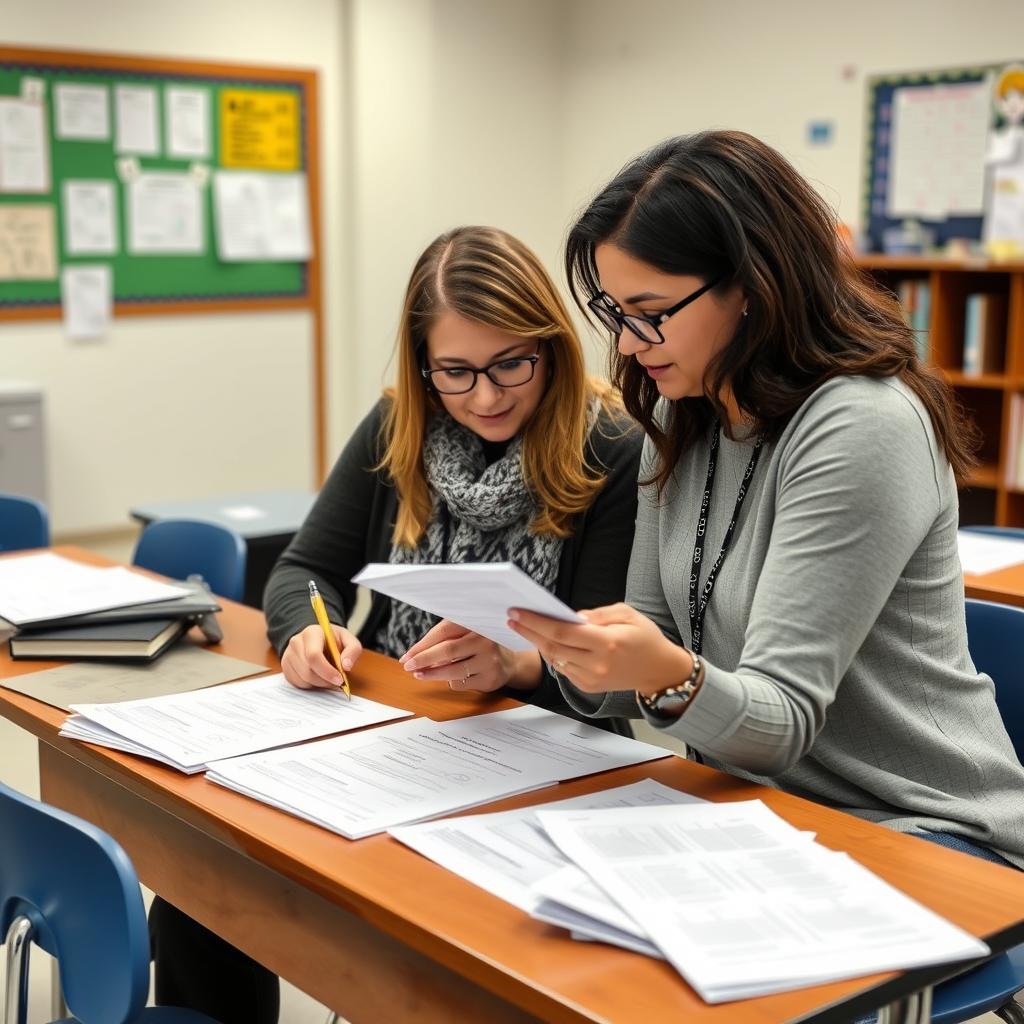
Many successful co-teachers implement a “divide and conquer” approach to assessment, with each teacher taking primary responsibility for evaluating different aspects of student work. This division should align with your established roles and expertise, allowing you to leverage specialized teacher skills.
Assessment Tip: Create a shared digital gradebook that both teachers can access and update. This ensures transparency and allows you to quickly identify patterns in student performance that might require intervention.
Co-teaching also creates unique opportunities for real-time formative assessment. While one teacher leads instruction, the other can circulate and gather immediate feedback on student understanding. This approach allows for instructional adjustments within the same class period rather than waiting until the next day.
Research from the Association for Supervision and Curriculum Development indicates that timely, specific feedback is one of the most powerful factors influencing student achievement. Co-teaching partnerships that prioritize coordinated feedback systems take full advantage of this finding.
Want to develop advanced assessment strategies for your co-teaching classroom? Explore our professional development offerings designed to enhance your assessment teacher skills.
Conflict Resolution: Effective Strategies for Partnership Longevity
Even the most compatible co-teaching partnerships encounter disagreements. Developing conflict resolution as part of your teacher skills toolkit ensures that these inevitable differences strengthen rather than damage your professional relationship.
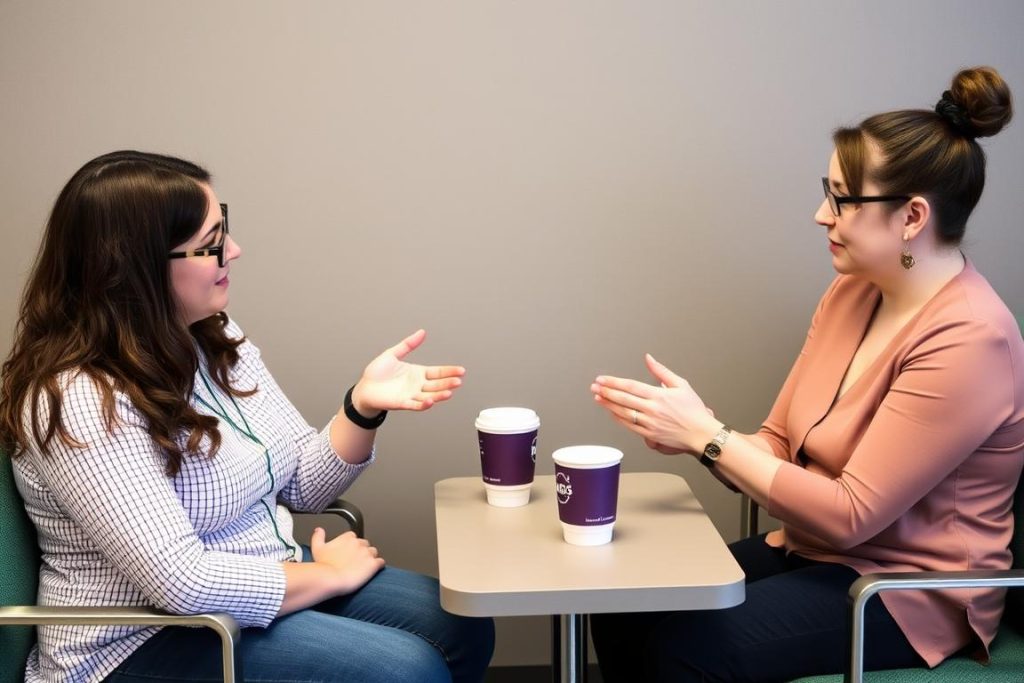
Effective conflict resolution strategies for co-teachers include:
Prevention Approaches
- Establishing a co-teaching agreement at the beginning of your partnership
- Scheduling regular check-ins to address small issues before they grow
- Clarifying expectations about classroom management, grading, and communication
- Acknowledging differences in teaching philosophy openly and respectfully
Resolution Techniques
- Addressing concerns directly with “I” statements rather than accusations
- Focusing on student needs when disagreements arise
- Seeking compromise that incorporates elements from both perspectives
- Taking time to cool down before discussing emotionally charged issues
Remember that conflict in co-teaching relationships often stems from different teaching styles or philosophies rather than personal incompatibility. Viewing these differences as opportunities to expand your teacher skills rather than obstacles can transform potential conflicts into professional growth.
“The strongest co-teaching partnerships aren’t those without conflict, but those that have developed healthy ways to address and resolve differences.”
– Dr. Wendy Murawski, Co-Teaching Specialist
In some cases, involving a neutral third party such as an instructional coach or administrator can help mediate particularly challenging disagreements. This approach demonstrates professional maturity and commitment to resolving issues constructively.
Master Conflict Resolution in Co-Teaching
Our specialized professional development program provides concrete strategies for navigating co-teaching challenges while earning continuing education credits.
By developing strong conflict resolution teacher skills, you create a foundation for a sustainable co-teaching partnership that can weather challenges and continue to grow stronger over time.
Implementing These Effective Strategies in Your Classroom
Now that we’ve explored six powerful effective strategies for co-teaching success, let’s discuss how to implement them in your specific classroom context. Remember that developing these teacher skills takes time and practice – don’t expect perfection immediately.
Start Small
Begin by implementing one or two strategies rather than attempting a complete overhaul of your co-teaching approach. This focused approach allows you to refine specific teacher skills before adding more complexity.
Reflect Regularly
Schedule time to reflect on what’s working and what isn’t. Consider keeping a co-teaching journal to track your progress and identify patterns in your partnership dynamics.
Seek Feedback
Ask students, colleagues, and administrators for feedback on your co-teaching practices. External perspectives often reveal blind spots in your approach.

Many schools find that creating professional learning communities (PLCs) specifically for co-teachers provides valuable support and idea-sharing. If your school doesn’t have such a community, consider starting one to connect with others developing similar teacher skills.
How long does it typically take to develop a successful co-teaching partnership?
Most research suggests that effective co-teaching partnerships take 2-3 years to fully mature. The first year typically focuses on establishing basic routines and communication, while subsequent years allow for refinement of advanced teacher skills and more sophisticated instructional approaches.
What if my co-teacher and I have very different teaching styles?
Different teaching styles can actually strengthen a co-teaching partnership when approached constructively. Focus on how your styles can complement each other rather than conflict. For example, if one teacher excels at creative engagement while the other emphasizes structure, students benefit from experiencing both approaches.
How can we maintain our co-teaching momentum throughout the school year?
Regular reflection and celebration of successes helps maintain momentum. Consider scheduling quarterly “retreats” where you and your co-teacher can step back from daily responsibilities to evaluate progress and set goals for the next period. Continuing to develop your teacher skills through professional development also reinvigorates your partnership.
Remember that implementing these effective strategies requires ongoing commitment from both teachers. The investment of time and energy in developing strong co-teaching practices yields significant returns in student engagement, achievement, and your own professional satisfaction.
For additional support in implementing these strategies, explore the resources available at CreditsForTeachers.com, where you can find specialized professional development opportunities designed to enhance your co-teaching teacher skills.
Conclusion: Mastering Effective Strategies for Co-Teaching Success
Co-teaching represents both a challenge and an opportunity for today’s educators. By implementing the six effective strategies we’ve explored—establishing clear roles, collaborative planning, communication techniques, instructional diversity, coordinated assessment, and conflict resolution—you can transform your co-teaching experience from potentially frustrating to deeply rewarding.
Remember that developing these essential teacher skills takes time, patience, and commitment from both partners. The most successful co-teaching relationships evolve through ongoing reflection, adjustment, and professional growth.
“Effective co-teaching isn’t just about what happens in the classroom—it’s about creating a professional partnership that brings out the best in both teachers and, consequently, the best in their students.”
As you implement these strategies, focus on the ultimate goal: creating an inclusive, engaging learning environment where all students can thrive. The collaborative teacher skills you develop through co-teaching will benefit not only your current classroom but your entire teaching career.
Take Your Co-Teaching to the Next Level
Ready to master these effective strategies and earn professional development credits? Our comprehensive co-teaching program provides practical tools, templates, and techniques to enhance your teacher skills.
By committing to excellence in co-teaching, you’re not only enhancing your own professional practice but contributing to a more collaborative and effective educational community. Your investment in developing these teacher skills creates ripple effects that benefit colleagues, students, and the teaching profession as a whole.




